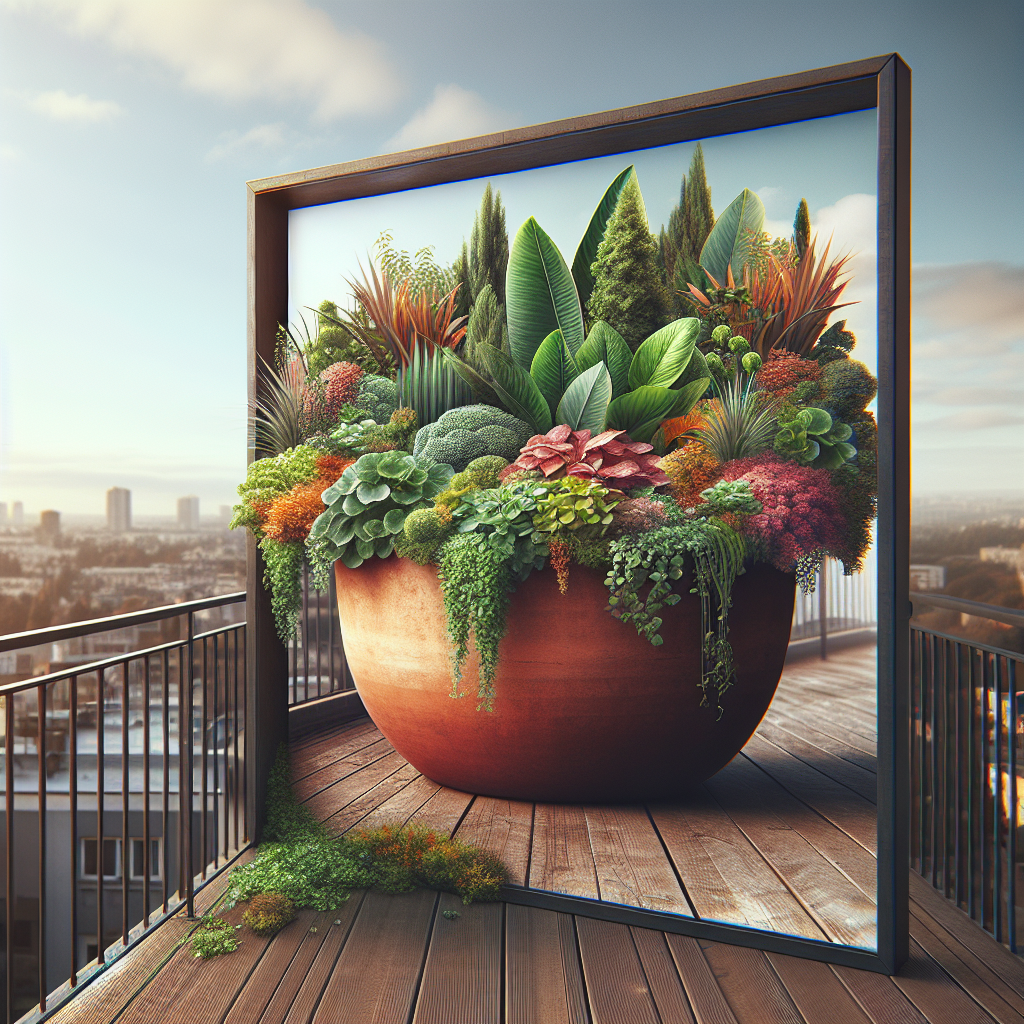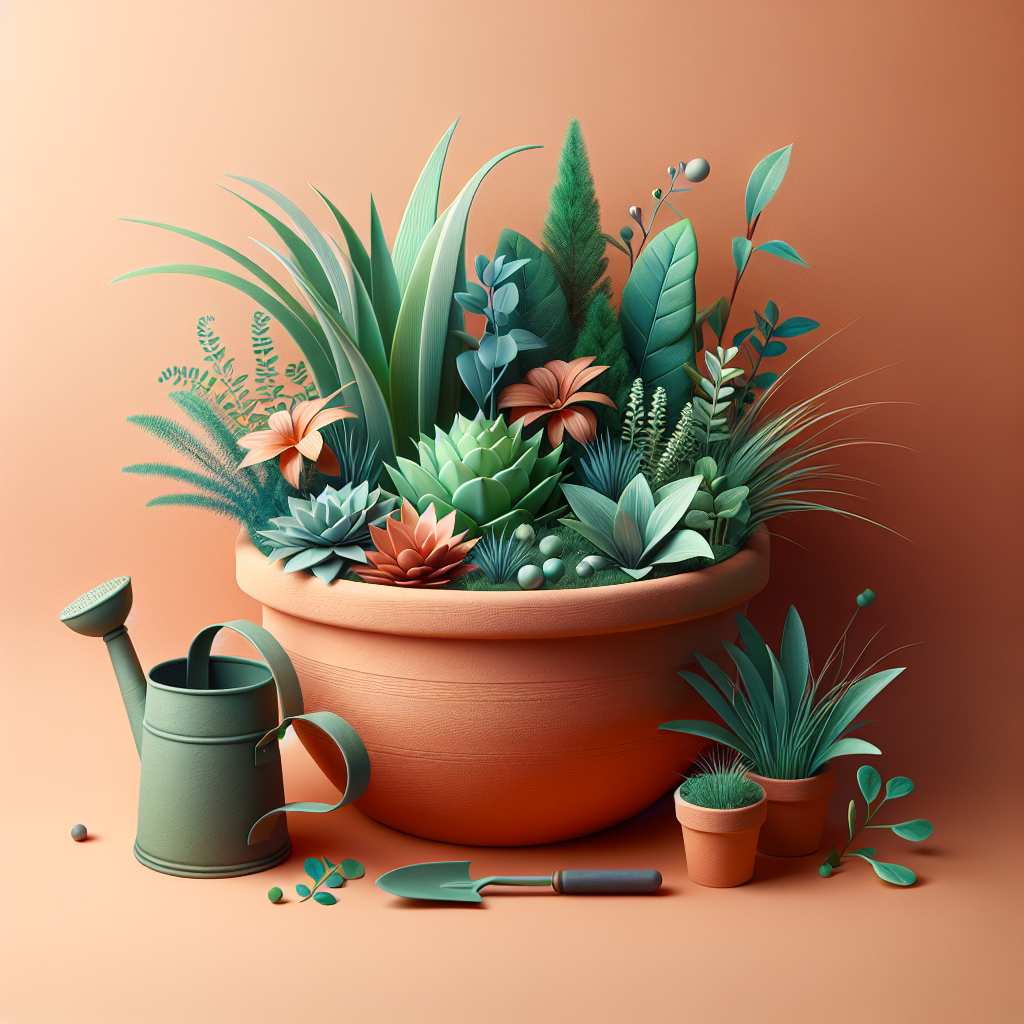
If you find yourself with limited outdoor space but still have a strong desire to cultivate your own garden, container gardening might just be the perfect solution for you. This innovative approach allows you to bring the beauty of nature into your living space, no matter how small or cramped it may be. By utilizing containers, you have the freedom to plant a wide variety of flowers, herbs, and even vegetables, all while adding a touch of color and life to your home. Container gardening is a versatile and convenient way to satisfy your green thumb cravings, so why not give it a try?
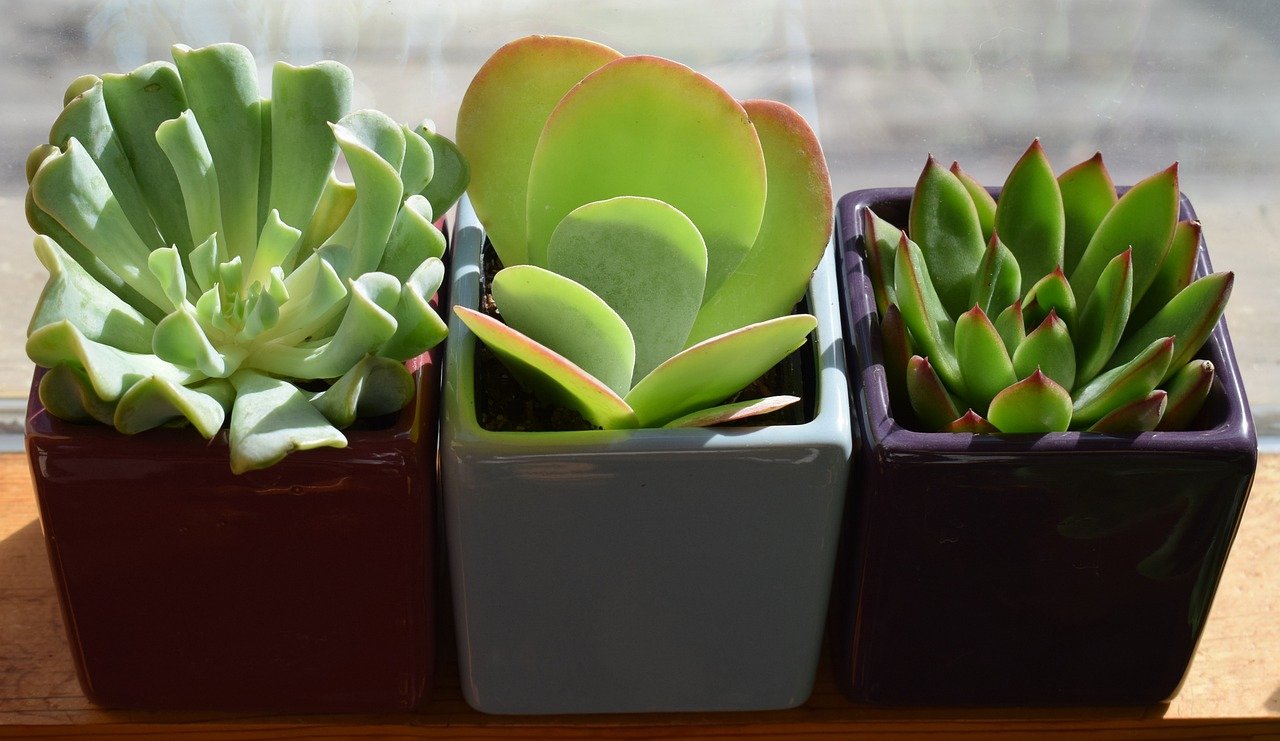
Selecting the Right Containers
When it comes to container gardening, selecting the right containers is crucial for the success of your plants. Consider the size and shape of the containers based on the available space and the plants you intend to grow. Larger, deeper containers are generally better for plants with extensive root systems, while smaller, shallower containers are suitable for herbs and low-growing plants. Additionally, you should choose materials that are suitable for the environment in which your containers will be placed. Materials like plastic, ceramic, and resin are lightweight and perfect for indoor containers, while materials like concrete and wood may be more suitable for outdoor containers due to their durability.
Consider container size and shape
The size and shape of your containers play a significant role in the health and development of your plants. If you’re planning to grow large plants or those with extensive root systems, opt for larger containers. This will allow the plants to spread their roots and prevent them from becoming root-bound, which can hinder their growth. On the other hand, if you’re growing herbs or smaller plants, shallow, smaller containers may suffice. Additionally, consider the shape of the containers. Some plants do well in tall, narrow containers, while others prefer wider, shallower containers. Understanding the needs of your plants will help you choose the right size and shape of containers for them.
Choose materials suitable for the environment
The choice of materials for your containers should be based on the specific environment in which they will be placed. If you’re growing plants indoors, lightweight materials such as plastic, ceramic, or resin are popular choices. These materials make it easier to move the containers around and provide adequate drainage. For outdoor container gardens, materials like concrete, terracotta, or wood may be more suitable. These materials are sturdy, weather-resistant, and can withstand the elements. However, keep in mind that certain materials such as metal can conduct heat, which can affect the temperature of the soil and impact plant health.
Ensure proper drainage for plant health
Proper drainage is essential for the health of your container plants. Without proper drainage, excess water can accumulate in the soil, leading to root rot and other issues. To ensure proper drainage, it is important to use containers with drainage holes. These holes allow excess water to flow out of the container, preventing waterlogged soil. If your containers don’t have drainage holes, you can create them yourself by drilling or punching holes in the bottom. Additionally, adding drainage materials such as gravel or broken pottery shards at the bottom of the container can further enhance drainage and prevent soil compaction.
Choosing the Appropriate Plants
Choosing the right plants for your container garden is crucial for their overall growth and success. Consider the available space and sunlight levels in your garden before selecting plants. Understanding the growth habits and requirements of different plants will help you choose ones that are suitable for container gardening.
Determine the available space and sunlight levels
Assessing the available space in your container garden is important to determine the number and size of plants you can accommodate. Some plants require more space to spread their roots or grow taller, while others can thrive in smaller areas. Consider the height and spread of mature plants to avoid overcrowding and promote healthy growth. Sunlight levels are another important factor to consider. Some plants thrive in full sun, while others prefer partial or shaded areas. Observe the sunlight patterns in your garden throughout the day to determine the best plants for your specific light conditions.
Consider the growth habits and requirements of plants
Different plants have varying growth habits and requirements, and it’s important to consider these factors when choosing plants for your container garden. Some plants have trailing or vining habits and are perfect for cascading down hanging baskets or trellises. Others have upright growth habits and are ideal for adding height and structure to your garden. Additionally, consider the plants’ water and nutrient requirements, as well as their tolerance to heat, cold, or wind. Choosing plants that are well-suited to your local climate and the conditions of your container garden will increase their chances of thriving.
Select plants that are suitable for containers
Not all plants are suitable for container gardening. Some plants have deep root systems or require a larger space to grow, making them less suitable for containers. Stick to plants that have compact growth habits or those that are specifically bred for container gardening. Look for terms like “dwarf,” “patio,” or “compact” when selecting plants, as these varieties are generally better suited for smaller spaces. Additionally, consider the longevity of the plants. Selecting plants that have a longer blooming period or those that can be continuously harvested will ensure your container garden remains visually appealing throughout the season.
Providing Proper Drainage and Water
Proper drainage and water management are crucial for the health and growth of your container plants. Implementing strategies to ensure adequate drainage and watering based on the specific needs of your plants will help them thrive.
Use containers with drainage holes
Proper drainage is essential to prevent waterlogged soil and root rot. When selecting containers, choose ones that have drainage holes in the bottom. These holes allow excess water to drain out and prevent water from accumulating in the container. It’s important to note that containers without drainage holes can lead to soggy soil and the death of your plants. If you’ve already purchased containers without drainage holes, consider drilling or punching holes in the bottom to facilitate drainage.
Add drainage materials to prevent waterlogging
In addition to using containers with drainage holes, you can further enhance drainage by adding materials at the bottom of the container. Placing a layer of gravel or broken pottery shards at the bottom acts as a drainage layer, allowing excess water to flow freely. This layer prevents the soil from becoming compacted and inhibits the water from accumulating around the roots of the plants. By creating a space for excess water to drain, you’ll ensure the roots remain healthy and avoid the risk of root rot.
Water plants based on their specific needs
Watering your container plants correctly is essential for their health and growth. Different plants have different water requirements, so it’s important to water them based on their specific needs. Some plants prefer moist soil, while others prefer drier conditions. Before watering, check the moisture level of the soil by inserting your finger into the top inch of the soil. If it feels dry, it’s time to water. Avoid overwatering as it can lead to root rot and other issues. It’s better to underwater slightly and monitor the moisture levels consistently rather than overwater and risk damaging the plants.
Understanding Sunlight Requirements
The amount and quality of sunlight your container garden receives directly impacts the growth and development of your plants. Understanding the sunlight requirements of your plants and positioning your containers accordingly will ensure optimal sunlight exposure.
Assess the amount and quality of sunlight
Before choosing plants for your container garden, assess the amount and quality of sunlight your garden receives throughout the day. Observe the garden at different times and note the areas that receive direct sunlight, partial shade, or full shade. Full sun refers to areas that receive at least six hours of direct sunlight per day, while partial shade refers to areas with sun exposure for three to six hours per day. Full shade refers to areas with no direct sunlight at all. Understanding the sunlight patterns in your garden will help you select plants that are suitable for your specific light conditions.
Identify plants’ sunlight requirements
Different plants have varying sunlight requirements, and it’s important to align these requirements with the sunlight levels in your garden. Some plants thrive in full sun and require direct sunlight for optimal growth and blooming. Others prefer partial shade or shade and are more suitable for areas with limited direct sunlight. When selecting plants, read the labels or research the sunlight requirements of each plant to ensure they will receive the appropriate amount of light in your container garden. Placing containers in the right location, whether it be on sunnier or shadier spots, will help your plants thrive.
Position containers accordingly for optimal sunlight exposure
Once you’ve determined the sunlight requirements of your plants, position your containers accordingly for optimal sunlight exposure. Place containers that require full sun in areas that receive the most direct sunlight throughout the day. Containers that prefer partial shade or shade can be placed in areas with filtered sunlight or areas that receive shade for a significant part of the day. Keep in mind that the intensity of sunlight can vary throughout the year, so you may need to reposition your containers accordingly to provide the best growing conditions for your plants.
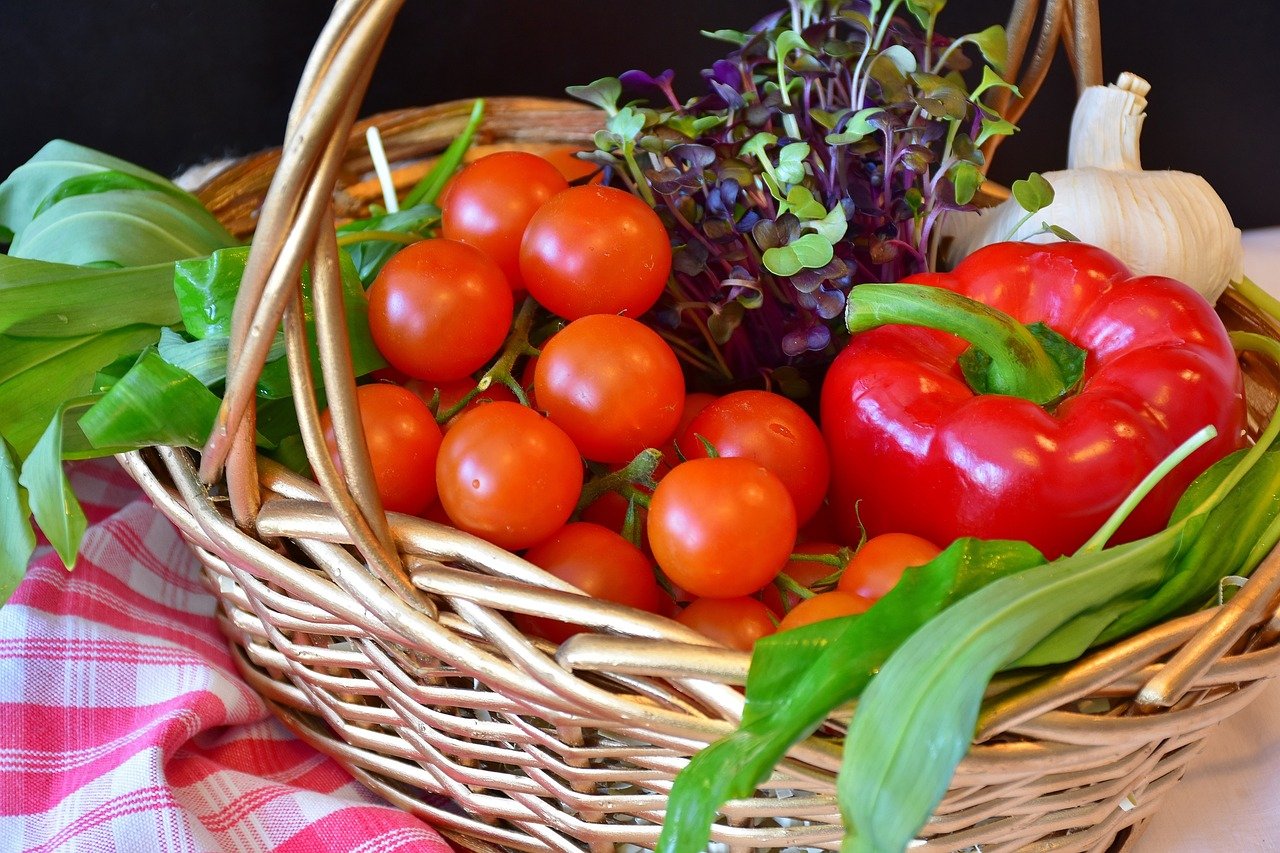
Maintaining Soil Health
Maintaining soil health is essential for the long-term success of your container garden. Choosing the right potting mix, fertilizing regularly, and monitoring pests and diseases will help ensure the health and well-being of your plants.
Choose a well-draining potting mix
The type of potting mix you use in your containers is crucial for the health of your plants. Choose a well-draining potting mix that provides adequate moisture retention while allowing excess water to drain freely. Avoid using regular garden soil, as it tends to become compacted and doesn’t provide sufficient drainage. Opt for a potting mix specifically formulated for container gardening, which usually contains a blend of organic matter, vermiculite or perlite, and other beneficial additives. This type of mix promotes good root development and prevents waterlogged soil, leading to healthier plants overall.
Fertilize plants regularly
Container plants rely on you for their nutrient supply. Regular fertilization is essential to ensure your plants receive the necessary nutrients for healthy growth. Choose a balanced, slow-release fertilizer specifically formulated for container plants. Slow-release fertilizers provide a steady supply of nutrients over an extended period, reducing the risk of over-fertilization. Follow the instructions on the fertilizer packaging for application rates and schedules. Additionally, consider supplementing with liquid fertilizers or organic options if your plants require additional nutrients throughout the growing season.
Monitor and control pests and diseases
Pests and diseases can quickly spread and impact the health of your container plants. Regularly inspect your plants for any signs of pests such as aphids, mealybugs, or spider mites. If you notice any infestations, promptly treat the affected plants with appropriate insecticides or organic pest control methods. Similarly, keep an eye out for any signs of diseases such as fungal infections or rot. To prevent diseases, ensure proper ventilation and avoid overwatering. If necessary, remove and dispose of any infected plants to prevent the spread of diseases to other containers.
Overcoming Common Challenges
Container gardening comes with its own set of challenges, but with a little creativity and problem-solving, you can overcome them to create a flourishing container garden.
Manage space limitations through vertical gardening
Limited space is a common challenge in container gardening, especially for urban gardeners. Vertical gardening is a great solution to maximize your space and grow more plants. Utilize hanging baskets and trellises to grow trailing or vining plants that can climb upwards. This not only adds visual interest but also allows you to make use of vertical surfaces like walls or fences. Additionally, consider stacking or tiered containers to create a multi-level garden. This way, you can utilize the space efficiently and provide ample room for your plants to grow.
Control moisture levels and prevent overwatering
Overwatering is a common issue in container gardening and can lead to root rot and other problems. To prevent overwatering, monitor the moisture levels of the soil regularly and only water when necessary. Remember that different plants have different water needs, so it’s essential to familiarize yourself with the specific requirements of each plant. Factors like the type of container, the size of the plant, and the surrounding environmental conditions also play a role in determining water needs. Implementing proper drainage techniques, such as using containers with drainage holes and adding drainage materials, can also help prevent overwatering and maintain optimal moisture levels.
Protect plants from extreme weather conditions
Container plants are more susceptible to extreme weather conditions, such as high temperatures, strong winds, or frost. During hot summer days, move the containers to shaded areas or provide some form of protection, like sunshades or awnings, to avoid heat stress. Secure taller or top-heavy containers to prevent them from toppling over during strong winds. In colder climates, insulate the containers to protect the roots from freezing temperatures. You can wrap the containers with insulating materials like hessian or bubble wrap, or even move them indoors during frosty nights. Taking these precautions will help mitigate the impact of extreme weather conditions and ensure the survival of your container plants.
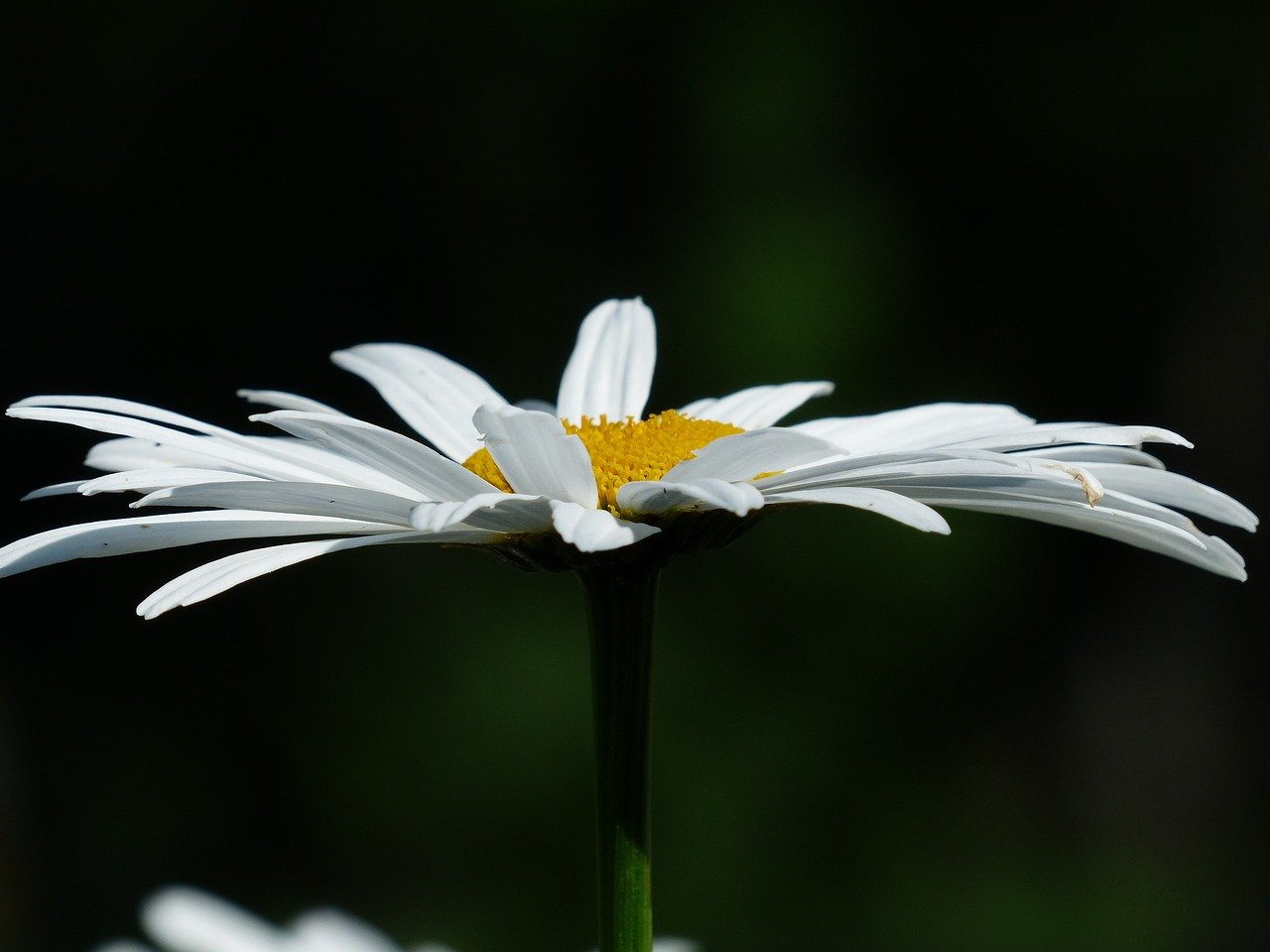
Implementing Efficient Space Management
Efficient space management is essential when it comes to container gardening, especially in limited outdoor areas. Utilizing creative strategies to make the most of your available space will allow you to grow a diverse and visually appealing container garden.
Utilize vertical space with hanging baskets and trellises
Vertical gardening is a great way to maximize your space and add interest to your container garden. Hanging baskets are an excellent option for trailing or cascading plants that can grow downwards. You can hang them from hooks attached to walls, fences, or pergolas, creating a stunning display of colorful blooms or lush foliage. Trellises are another fantastic addition to your vertical garden. They provide support for climbing plants, allowing them to reach for the sky and freeing up valuable ground space.
Consider stacking or tiered containers
Stacking or tiered containers are a clever way to grow multiple plants in a small footprint. These containers usually consist of several pots or levels stacked vertically, creating a vertical stack of plants. Each level can accommodate a different plant, allowing you to grow a variety of herbs, flowers, or vegetables in one compact area. Stacking containers also provide a visually interesting focal point in your garden, adding depth and dimension to your overall design.
Use window boxes or railing planters
Window boxes and railing planters are perfect solutions for those with limited outdoor space. They can be easily attached to windowsills, balconies, or railings, transforming these areas into vibrant mini gardens. Window boxes are great for growing compact plants, herbs, or flowers, adding a splash of color and greenery to your home’s exterior. Railing planters are designed to fit securely on the railing of your balcony or deck, allowing you to grow plants without taking up valuable floor space. Make sure to choose plants that are suited to the specific light conditions and wind exposure of these elevated areas.
Optimizing Fertilization and Nutrient Supply
Providing your container plants with the right nutrients is essential for their health and vitality. By optimizing fertilization and ensuring proper nutrient supply, you can promote robust growth and abundant blooms.
Choose appropriate fertilizers for container plants
Container plants have different nutrient requirements compared to plants growing in the ground. It’s crucial to choose fertilizers specifically formulated for container gardening. These fertilizers typically provide a balanced blend of essential nutrients in forms that are readily available to container plants. Look for fertilizers labeled for container use or those designed for specific types of plants, such as flowering plants or vegetables. Avoid using excessive amounts of fertilizer, as this can lead to nutrient imbalances and burn the roots of your plants.
Provide necessary micronutrients
In addition to the primary macronutrients like nitrogen, phosphorus, and potassium, container plants also require micronutrients for optimal growth. Micronutrients like iron, manganese, zinc, and copper are essential for various physiological processes in plants. Potting mixes can sometimes lack these micronutrients, especially over time as plants use up the available nutrients. To ensure your plants have access to these essential micronutrients, consider supplementing with a micronutrient fertilizer. This will help prevent nutrient deficiencies and promote healthy growth and development.
Avoid nutrient imbalances and over-fertilization
It’s important to avoid nutrient imbalances and over-fertilization, as these can have detrimental effects on your container plants. Over-fertilization can lead to nutrient burn, where excessive salts build up in the soil and damage the roots. This can manifest as wilting, browning, or yellowing leaves. Follow the instructions on the fertilizer packaging carefully and avoid applying more than the recommended dosage. If you notice signs of nutrient deficiencies or excesses, adjust your fertilization practices accordingly. Regularly monitor your plants’ overall health and make adjustments to provide a balanced nutrient supply.
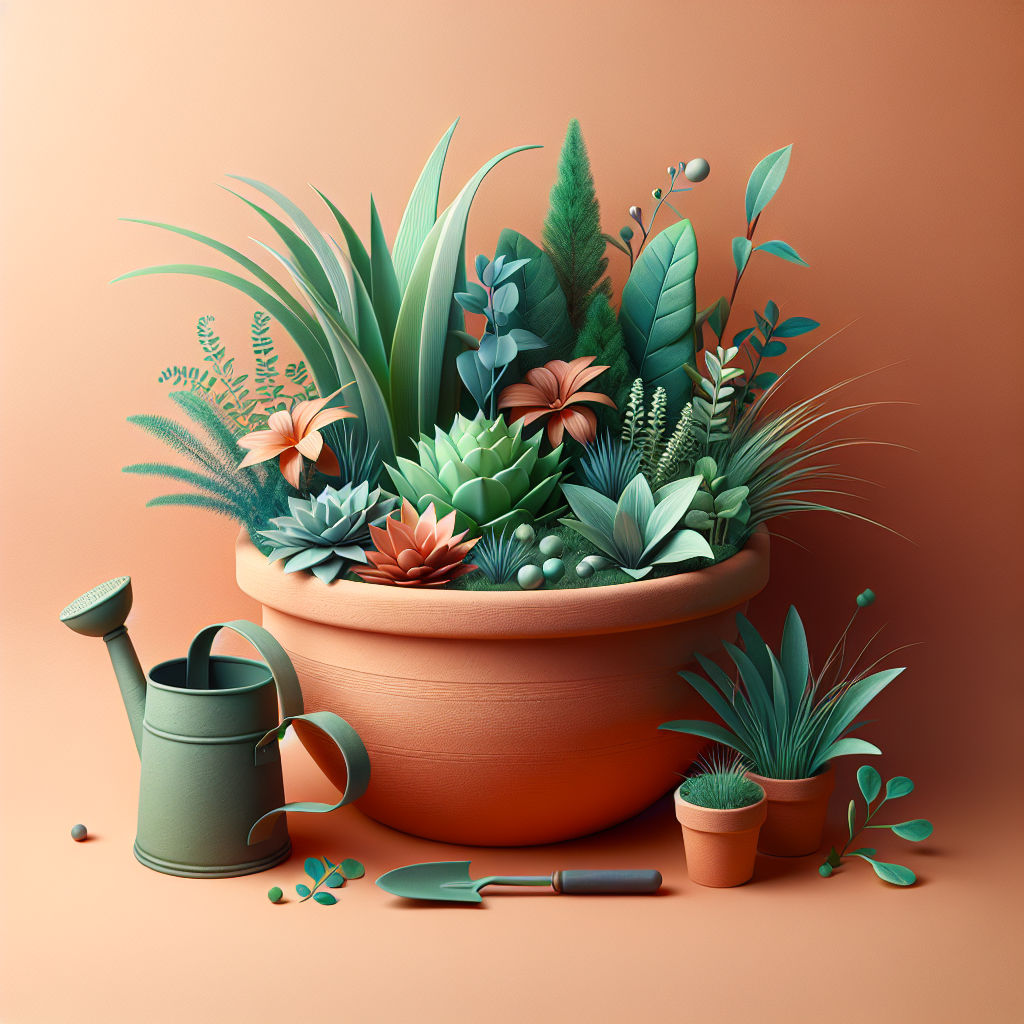
Choosing Low-Maintenance Plants
If you have a busy schedule or limited time to devote to gardening, selecting low-maintenance plants for your container garden is a wise choice. These plants require minimal care and attention, making them perfect for those who are new to gardening or have limited gardening experience.
Select plants that require minimal care and attention
When choosing low-maintenance plants, look for varieties that are known for their durability and resilience. Succulents and cacti, for example, are popular choices as they can tolerate drought conditions and require infrequent watering. Other low-maintenance options include certain varieties of ornamental grasses, agave, yucca, and bamboo. These plants are generally hardy and can withstand neglect or occasional lapses in care. By selecting low-maintenance plants, you can enjoy the beauty of a thriving container garden without constant upkeep.
Consider drought-tolerant and disease-resistant varieties
Drought-tolerant and disease-resistant varieties are perfect for container gardening, as they require less water and are less susceptible to common plant diseases. These plants have adapted to survive in arid conditions and can go for extended periods without water. Lavender, rosemary, sedum, and agave are examples of drought-tolerant plants that thrive in containers. Additionally, some plant varieties have built-in resistance to common diseases, reducing the need for chemical treatments or constant monitoring. Research plant varieties that are known for their disease resistance and consider including them in your container garden for hassle-free gardening.
Opt for slow-growing or compact plants
Slow-growing or compact plants are excellent choices for low-maintenance container gardens. These plants require less pruning and trimming, reducing the time and effort required to maintain their shape and size. Dwarf or compact varieties of shrubs, like dwarf boxwood or compact hollies, are well-suited for containers. They provide structure and greenery without overwhelming the limited space. Additionally, slow-growing perennials like hostas or coral bells are great options for adding color and texture to your container garden without the need for frequent maintenance.
Creating a Beautiful Container Garden
Container gardening not only allows you to grow plants in limited space but also presents an opportunity to create a visually stunning garden. By combining plants with varying colors, textures, and heights, adding decorative elements, and considering container design and aesthetics, you can create a beautiful and inviting container garden.
Combine plants with varying colors, textures, and heights
One of the keys to creating a visually appealing container garden is to mix plants with varying colors, textures, and heights. Consider the color scheme you want to achieve and select plants with complementary or contrasting colors. Combine plants with different foliage textures, such as broad-leafed plants with finer-textured grasses or succulents. Varying the heights of your plants adds dimension to the garden and creates an interesting visual flow. Place taller plants towards the back or center of the container and fill the front or edges with shorter, trailing plants to create a balanced and visually pleasing arrangement.
Add decorative elements such as pebbles or ornaments
In addition to plants, incorporating decorative elements can elevate the visual appeal of your container garden. Consider adding decorative pebbles, stones, or mulch as top dressing for your containers. This not only enhances the aesthetic appeal but also helps retain moisture and suppress weed growth. You can also incorporate whimsical or decorative elements like garden ornaments, figurines, or colorful stakes. These elements can add a touch of personality and create focal points within your container garden.
Consider container design and aesthetics
The containers you choose play a significant role in the overall design and aesthetics of your container garden. Consider the style and theme you want to achieve and select containers that align with it. Sleek, modern containers work well for contemporary gardens, while rustic or vintage containers can add charm to cottage-style gardens. Pay attention to the material, color, and shape of the containers to ensure they complement your choice of plants and overall garden design. Don’t be afraid to mix and match different container styles to create a unique and visually stunning container garden.
Creating a successful container garden in limited outdoor space requires careful planning, attention to detail, and a touch of creativity. By selecting the right containers, choosing appropriate plants, providing proper drainage and water, understanding sunlight requirements, maintaining soil health, overcoming challenges, optimizing space management, and selecting low-maintenance plants, you can create a beautiful and thriving container garden that brings joy and beauty to your surroundings. So get your gardening gloves on, unleash your creativity, and start transforming your limited outdoor space into a vibrant and flourishing oasis.
